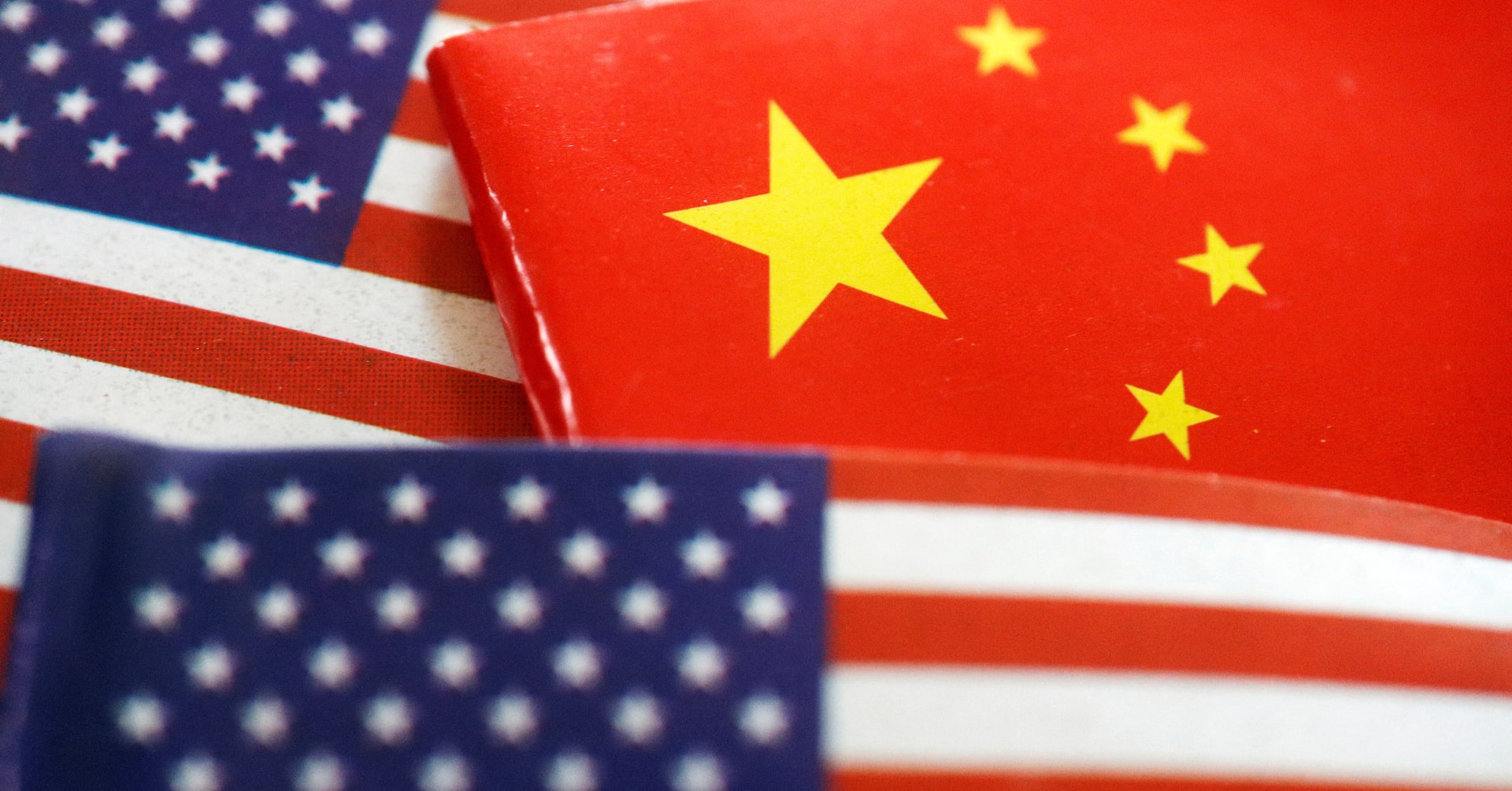Trade Tensions Escalate: State Department Rewrites China Playbook with Strategic Business Restrictions

In a significant shift of diplomatic language, the U.S. State Department has subtly recalibrated its online narrative about China, revealing a nuanced change in bilateral relations. The website's updated content now places heightened emphasis on economic tensions, particularly highlighting the trade deficit, while simultaneously scaling back discussions about collaborative efforts with international allies and previous areas of cooperation.
The revised web content notably reduces mentions of joint cultural and environmental initiatives, signaling a potential cooling of diplomatic engagement. This strategic reframing suggests a more confrontational approach in how the United States publicly characterizes its relationship with China, potentially reflecting broader geopolitical tensions and economic competition.
By prominently featuring economic disparities and trade imbalances, the State Department appears to be underlining the challenges in the U.S.-China relationship, marking a departure from earlier diplomatic rhetoric that sought to emphasize potential areas of mutual understanding and cooperation.
The website modification serves as a subtle yet significant indicator of the evolving diplomatic landscape, potentially mirroring the complex and increasingly strained interactions between the world's two largest economies.

